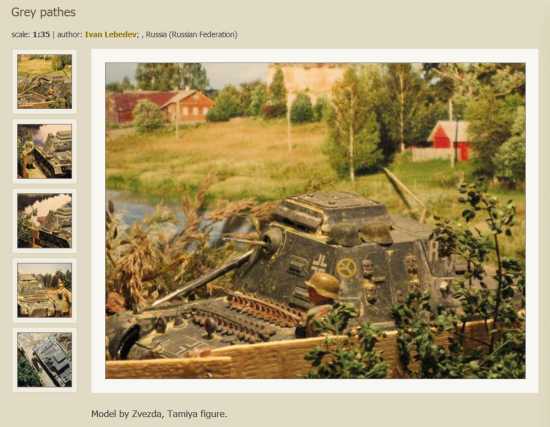I have painted these in the past, and had a decent tabletop result with these castings. Won't really review these, as they are what they are: gaming models.
Part 1
I took these West Wind castings (available from a variety of sources), and started by filing (I did a poor job), washing them in warm water, and finally priming black with a $0.99 USD can of Wal-Mart Special paint. I then took a bottle of light grey or off-white, and drybrushed the figures for two reasons:
- Once painted, the edges will stand out a bit more than the rest of the figure
- The drybrushing brings out the detail, and it is easier for a vision-impaired minis-painter to track the brush along the model.

Part 2
I then proceeded to select the ultimate DAK uniform colors through a process of intense scrutiny and erudition (my big word for the day!). I wanted these to be the ultimate colors which depict the variety of tones used by the DAK in North Africa from 1940 to 1943. Remember that the DAK had their original olive color at the start, which was quickly bleached by the sun. They also had both captured British garb and commandeered Italian dress. This gives me four basic neutral tones to choose from.
The paints that I used were Foundry - which I bought in September 2001, and I still use today.
I chose Light Drab and Raw Linen. I did linen pants, linen tunic, linen pants, linen tunic. So I had two linen tunics and two linen pants. I then did the rest in drab.
For the helmet and any equipment which you would paint, I used Buff Leather.
For the flesh, I used Vallejo Dark Flesh. Granted this color is somewhat yellow, but if you wash it with the Vallejo Flesh Wash, it balances it fairly well in my view. (This is all debatable.)
I did the belts, weapon, boots, and weapon in Vallejo Beige Brown #70875.
For the tall boots, I used Foundry's Raw Linen Shade.


Part 3
Once I took care of the basic colors, I chose to wash everything, as this will hide some of the imperfections - not in my painting, but rather in the sculpting (sorry, sculptor...). Some belts are a bit thin and don't stand out all that much, but inter-connect with the other belts, and it becomes a sloppy bowl of spaghetti. Honestly, they are about $0.85 USD each, so beggars can't really be choosers. I find it is a nice way to get a platoon of DAK to fight the 8th Army in North Africa.
At this point, I wash the whole figure in a mix of GW black, brown, Golden's Acrylic Flow Release, and water. The measurements are a couple of drops of each. I try and get my wash to run without diluting it too much. It can be tricky, and sometimes needs to be repeated - which I do with the same mix, but cutting out the black and brown and substituting Foundry's Drab Shade.










